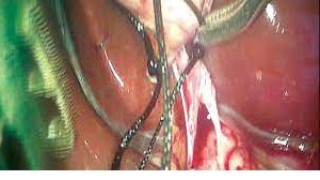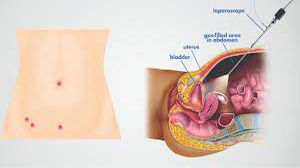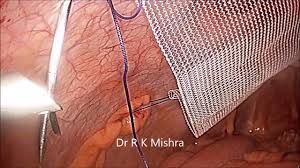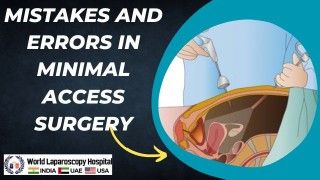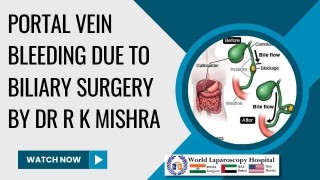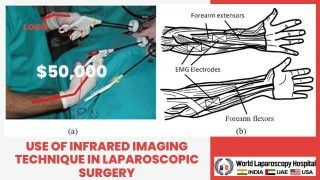Laparoscopic management of endometrioma
Add to
Share
239 views
Report
2 months ago
Description
Endometrioma, commonly known as a "chocolate cyst," is one of the most frequent gynecological problems encountered in women of reproductive age. It is a type of ovarian cyst formed as a result of endometriosis, where ectopic endometrial tissue grows inside the ovary. These cysts often contain thick, dark brown blood, hence the name. Endometriomas are a major cause of pelvic pain, dysmenorrhea, and infertility, and their management requires careful consideration to preserve ovarian function while achieving effective treatment. Role of Laparoscopy in Endometrioma Management Laparoscopic surgery has become the gold standard for the diagnosis and treatment of endometriomas due to its minimally invasive nature, superior visualization, and faster recovery compared to open surgery. The objectives of laparoscopic management include: Relief from pain and associated symptoms Removal or ablation of endometriotic tissue Preservation of healthy ovarian tissue and fertility potential Prevention of recurrence Techniques of Laparoscopic Management Cystectomy (Excision of Endometrioma Wall): Considered the most effective method. Involves stripping the cyst capsule from the ovarian cortex. Offers better long-term pain relief and lower recurrence rates compared to simple drainage or coagulation. Requires surgical precision to preserve ovarian reserve. Drainage and Ablation (Fenestration and Coagulation): Involves draining the cyst contents and destroying the cyst wall with bipolar coagulation or laser. Less effective in preventing recurrence. Usually reserved for selected cases or patients with poor ovarian reserve where extensive dissection may cause harm. Combined Techniques: In some cases, a combination of cystectomy and ablation may be used to balance efficacy and ovarian tissue preservation. Adhesiolysis: Adhesions around the ovary and pelvic structures are often present and are carefully released to restore normal anatomy. Special Considerations Fertility Preservation: Since many patients with endometrioma present with infertility, careful dissection and minimal use of electrocautery are essential to preserve ovarian reserve. Ovarian Reserve Monitoring: Preoperative and postoperative assessment of Anti-Müllerian Hormone (AMH) levels is often recommended. Recurrence Prevention: Adjunct medical therapy (such as hormonal suppression with GnRH agonists, progestins, or oral contraceptives) may be prescribed postoperatively to reduce recurrence. Severe Cases: In women with severe pain not wishing to preserve fertility, oophorectomy may be considered, but it is usually the last option. Advantages of Laparoscopy Minimally invasive with smaller incisions Reduced postoperative pain and faster recovery Improved cosmetic results Better visualization of pelvic structures, allowing complete removal of disease Shorter hospital stay Conclusion Laparoscopic management of endometrioma remains the standard of care due to its efficacy in symptom relief, reduction of recurrence, and preservation of fertility. The choice of surgical technique must be tailored to the patient’s age, symptoms, fertility goals, and ovarian reserve. With advances in minimally invasive surgery, laparoscopic treatment continues to offer hope and improved quality of life to women suffering from endometriosis-related ovarian cysts.
Similar Videos

